Interesante entrada de Rick Priestley en la que nos habla sobre el sistema de Moral en Bolt Action y como se usa. Aun que comparte ciertas similitudes es una entrada interesante que nos da un adelanto en las reglas de Bolt Action. Visto en su Facebook.
Following his recent overview of the size of games in Bolt Action, Rick Priestley pens this missive on how morale affects the game. Over to you, Agent P…
Rick: With the new Bolt Action game already in the hands of a few lucky customers I imagine that the inter-web will soon be awash with reviews and first impressions, and I suspect by the time this hits the Warlord Games website most readers will have a fair idea of how the game works. So, rather than start off with the basics I’m going to talk a little bit about the role of morale and officers in the game. Now, as it happens, this is pretty fundamental to the way the game works anyway, so anyone not already familiar with the basics as described in my Wargames Illustrated article need not feel out on a limb.
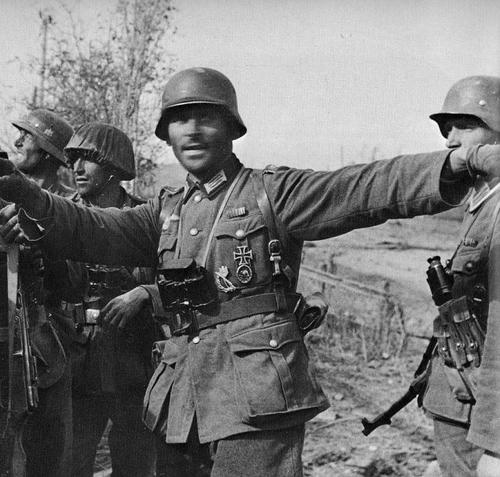
Morale in the Bolt Action game is actually a stat – but I’m going to talk a bit more broadly about morale in the sense of a unit’s determination to fight on, and with what effect. In terms of the game design morale therefore stretches to encompass the morale stat, units coming under fire and being pinned, and various dice modifiers that apply to troops taking tests. So – it’s not just about the morale stat – the stat works in conjunction with the game mechanics on a core level so troops become less and less effective as their morale levels decline. Ultimately, units can be broken altogether if their morale plummets sufficiently – but this doesn’t happen often because the amount of fire needed to break a unit’s morale will usually wipe it out.
OK – the morale stat is pretty simple – all units have a morale value, which is 8 for inexperienced troops, 9 for your typical trained and experienced units, and 10 for the hardened veterans. The majority of troops have a value of 9 and this is the value I’ll use throughout when giving examples. Units are occasionally obliged to test morale, and when they do so it’s just a question of rolling 2D6 (score 2-12) and rolling the morale value of the unit or less to pass. So, typically 2-9 = pass and 10-12 = fail). This is the sort of mechanic that will be familiar to most players so it shouldn’t take much getting used to.
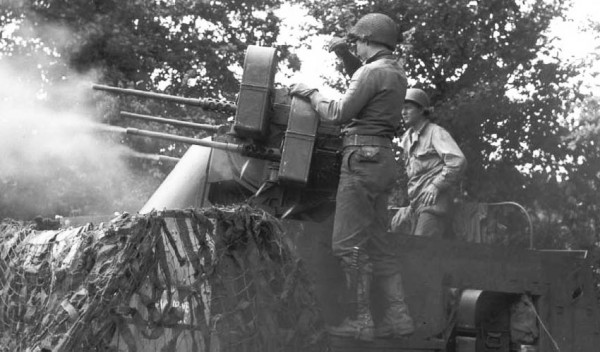
Although morale tests are sometimes triggered by actions during the game – infantry attacked at close quarters by tanks or shot at by flamethrowers are two instances that spring to mind – the most important part played by morale is when trying to get units into action under fire. This is where pinning comes in. Units that are hit by enemy shooting take a ‘pin’ marker. This is worked out unit by unit, so when a unit shoots at an enemy unit any number of successful hits will cause one ‘pin’. Pins are usually represented by a marker – and we have always used the Bolt Action pin markers for this – but any suitable counter will do the job. Each pin marker a unit carries reduces its morale value by 1. So, for example, a regular unit with a morale value of 9 and three pins has a penalty of –3 reducing its morale to 6.
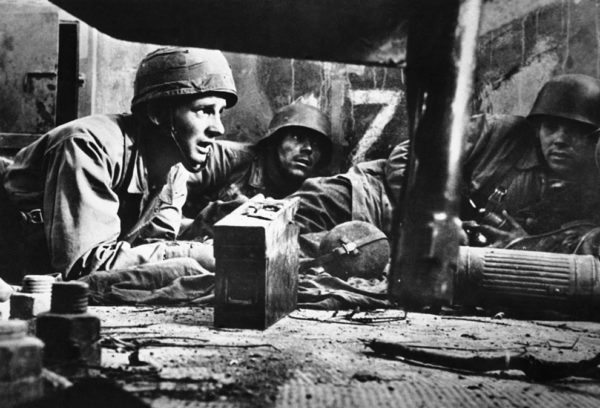
Not all weapons pin ‘equally’ and not all targets can be pinned ‘equally’ either – but on the whole the game works as I’ve described. High explosive shots can inflict multiple pins from one shot – as you might expect when a huge great shell goes off in the middle of your unit. Enclosed armoured vehicles don’t suffer pins from small-arms fire, but can sometimes suffer extra pins as a result of penetrating hits that don’t destroy them outright. Either way, pinning enemy units is every bit as important to the game as destroying them outright.
When units are not pinned at all they automatically obey their order when activated and can be instructed to fire, advance (move and fire), run, go into ambush, rally or go down (these are the standard orders in the game). However, a unit that has been pinned – even if only with a single marker – must check its morale when given an order to see if it will obey. As each pin marker reduces the morale value of the unit by –1 the more pins a unit has the less likely it is to obey its order. This check is made as described, and if the test is passed the unit loses one pin marker from its total and then obeys its order – firing, advancing, running and so as required. If the check is failed the unit automatically goes down – i.e. it hits the dirt and does nothing if infantry, and if a vehicle it must retreat from enemy to its front and then halt. This means that infantry that have been pinned are more likely to do nothing, whilst tanks are more likely to edge away from the enemy and out of danger.
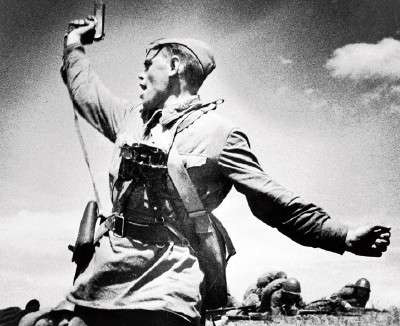
Pinned units suffer a –1 to hit penalty per pin on their dice rolls when shooting, so units that have three or four outstanding pins tend to fire wildly. There is a minimum score to hit (a 6 followed by a 6) but with a basic roll of 3+ needed to start with the odds do start to wander into the realms of wishful thinking quite quickly. Remember, it’s –1 per pin marker, as well as –1 for long range shooting, another –1 if you’re shooting whilst moving (advance order), and there are also penalties when shooting at targets behind cover or infantry who have gone ‘down’. Concentrating fire onto enemy units is therefore a very effective way of forcing them to keep down or – in the case of vehicles – making them back off from the fight.
There are ways of getting round this pinning business though – and this is where a lot of the game rests. Officers confer a morale bonus of between +1 (Second Lieutenant) up to +4 (Major) to units within 6” and are therefore instrumental in getting units up and fighting. Remember, every time a successful order is given to a unit it loses a pin marker, and it is possible to lose all pin markers in this way over a number of turns. These bonuses are pretty hefty – but the maximum morale value is set at 10 regardless of modifiers, so even the most stentorian officer isn’t 100% guaranteed to get the army moving.
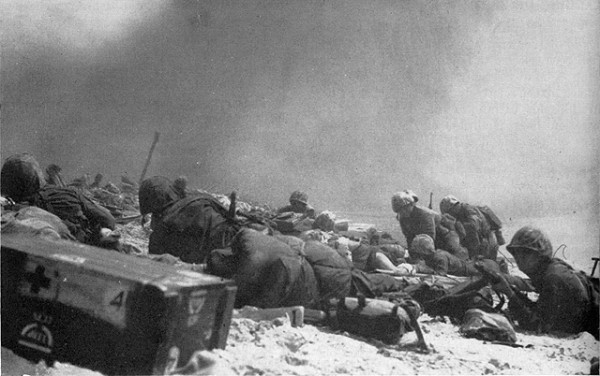
Another useful way of getting troops on their feet is by use of the rally and down orders. A successful rally order allows a unit to lose 1+D6 pin markers all in one go. This can restore a badly mauled unit with a bit of luck, but it does need a morale pass to work and is best undertaken with an officer nearby to boost the unit’s morale value to an achievable score. Of course, the unit will be out of the game for that turn, but this is a small price to pay if it is otherwise ineffective. The other way you can recover pins is by going and staying down for a turn. As units that fail their test to obey their order go down automatically, this is more a case of leaving a unit down at the end of the turn when activation dice are normally returned to the dice bag ready for the next turn. Any unit that is down can always stay down – meaning it begins the following turn ‘down’ and effectively misses its go. When a unit does this it automatically loses one pin marker. So, a unit has 5 pin markers – fails its order to ‘rally’ and goes down automatically – at the end of the turn you might decide to leave it down and recover 1 pin instead of returning the order dice to the dice bag. You will start the next turn with 4 markers and the unit will be down for that turn. On the whole leaving troops down from turn to turn is usually the last resort of a badly mangled unit, but sometimes it is the best thing to do.
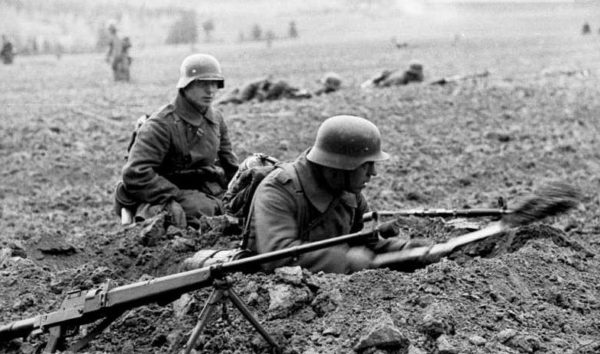
The final piece in the morale jigsaw comes with morale checks made during the game itself. As we’ve already seen these can sometimes be triggered by circumstances, but the most common reason for taking the test is because the unit has suffered casualties. Any unit that is shot at and suffers half or more of its men as casualties must take a morale check. As any unit suffering casualties will always take a pin marker as well this means such tests will generally be at –1 or more to the unit’s base morale value. Obviously, a unit that have accumulated three or four pins now starts to look in trouble. Units that pass this test are unaffected (brave lads!) whilst those that failed are broken and removed as casualties – their morale has collapsed beyond hope of recovery. The worse situation of all is where units pile on pins equal to their basic morale value (8, 9 or 10) in which case no test is needed and the unit is removed without so much as a dice roll.
pre-order in store
For those of you who have yet to place an order for the Bolt Action rulebook you can do so here! In addition to the rulebook we’ll also send a fantastic exclusive FREE miniature depicting a British Paratrooper carrying a wounded comrade. We expect pre-orders to be sent out the week of the 20th September and you’ll also be receiving your free ‘Never Surrender!’ miniature as part of your pre-order.


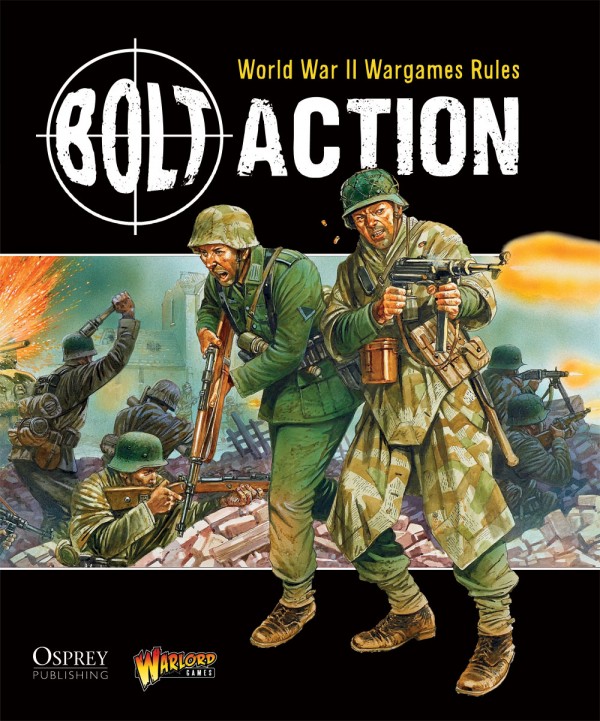
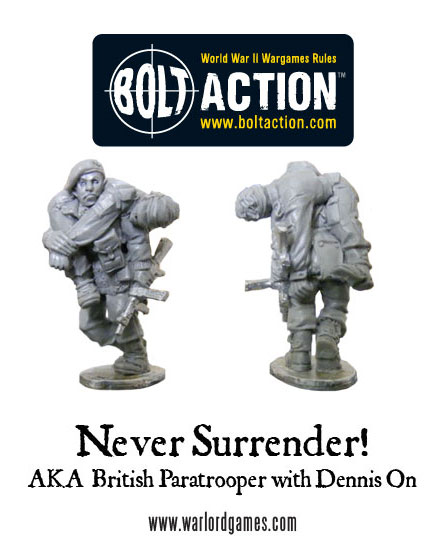
No hay comentarios:
Publicar un comentario